Every so often, I get the chance to review new products coming to market, so today’s blog post is one I’ve been looking forward to for quite some time now! You may remember my review of Pic Scanner Gold a while ago – it’s one of my favorite apps to capture my daughter’s artwork….Well, the makers of Pic Scanner Gold have another product coming to market that I’d love to introduce you to today – SnipTag – a brand new app that’s meant to help you post-process your scanned photos in a low-tech and simple way! Read all about it below because I think you’re gonna love it!
What is SnipTag?
One of the most common complaints I hear about post-processing from clients, students, and frequent readers of this blog is “Why do all photo programs have to be so darn complicated? I can’t get past the learning curve fast enough.” I get that frustration because a lot of the major software programs meant for photos have a fairly high learning curve. Yes, you can do a lot with them, which is great, but for someone who doesn’t have the time or interest to learn absolutely everything, it can be quite annoying. In other words, if you want something simple that works without all the bells and whistles, what are your options? Limited.
Until now.
SnipTag is a new app by the makers of Pic Scanner Gold, and it’s a mac-only program that lets you auto-crop (hence the “snip”) and embed metadata into your photos (hence the “tag”) quickly and efficiently. It’s ideal for beginners who crave a minimalistic interface they can get started with right away. SnipTag has exactly what you need to post-process your photos after scanning (no more, and no less), so all those of you who aren’t feeling very tech-savvy or who hesitate to invest in a more advanced program, take note. This one might just be your winner.
What Can SnipTag Do Exactly?
Let’s say you have one of those big boxes of old printed photos, and perhaps you’re scanning them in batches on a flatbed scanner. If your scanner doesn’t automatically crop your photos, you can open them in SnipTag (the “Snip” tab), and they’ll be automatically cropped for you. SnipTag accepts JPG, PNG, TIFF and BMP images, and saves cropped photos in their original format and resolution. Once the photos look good, switch to the “Tag” tab, change the file names, and then embed metadata (fields include Headline, Caption, Keywords, Location, and Date Taken). There’s even a “Circa” date for when you don’t know the exact date a photo was taken, which is especially useful for heritage photos.
Beyond this basic metadata, you can also input more advanced metadata, such as Location Created and Location Shown (in an “advanced” tab that only shows up if you want it to). You can also create and save a IPTC Core contact information template, which lets you quickly input copyright and other personal profile details over and over again without retyping. Essentially, you can do the basics of organizing with no learning curve. It’s so easy, I don’t even have to write a tutorial.
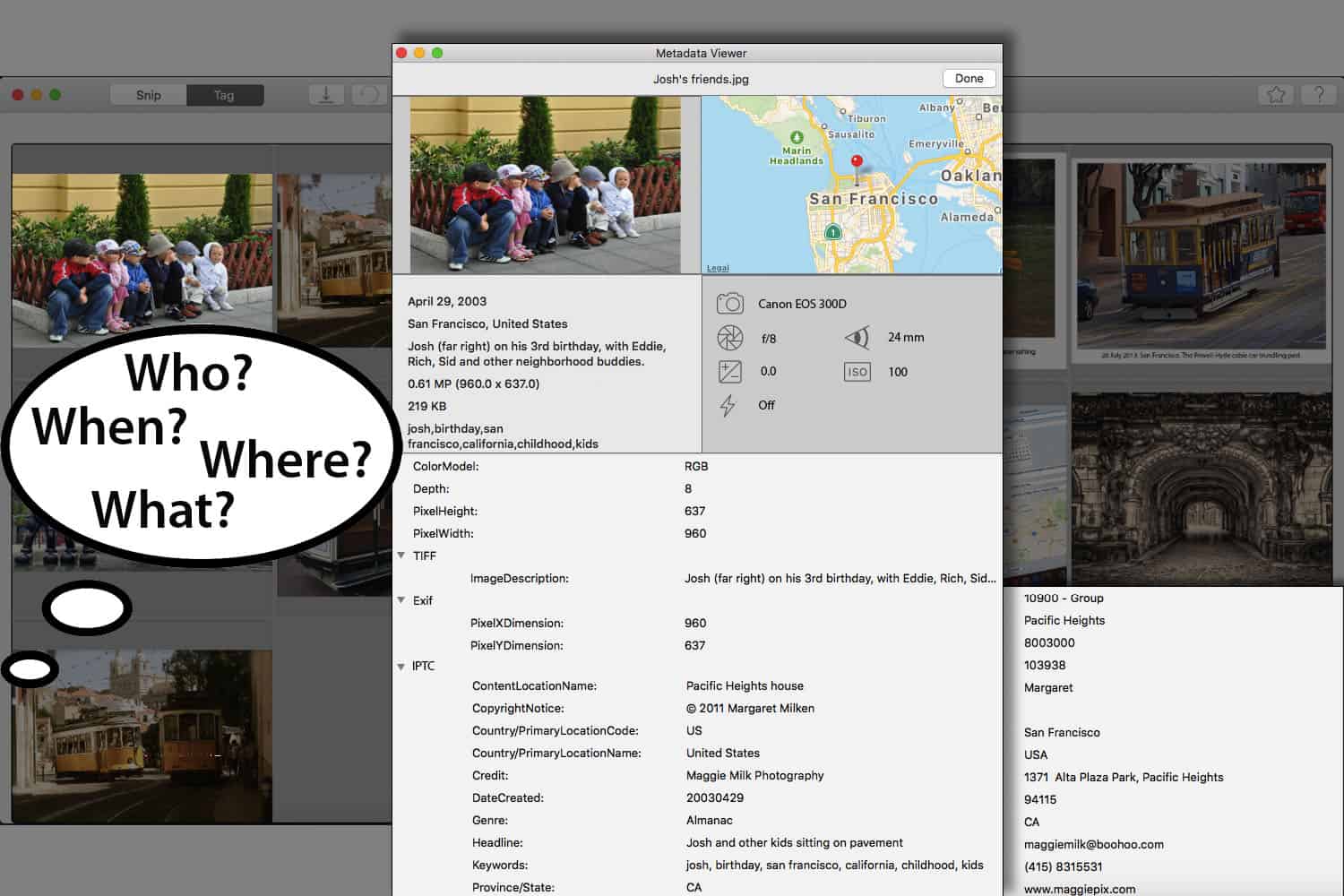
SnipTag lets you view the complete metadata (technical, administrative, descriptive + rights) for your scanned photos.
Not Sure Why You Need Metadata?
If you aren’t familiar with metadata yet, take a moment to read my guest post series for the Photo Organizers, Metadata & Photos, Part 1: Simplifying the Concept, and Metadata & Photos, Part 2: Let Efficiency Rule. Essentially, metadata is the digital representation of the information we need to identify a photo, such as when and where it was taken, the location, the people, and the occasion. This is information you want to properly embed into your digital photo to make sure the story stays with the photo. When you have the information you need embedded into your photos files, like keywords, captions, and locations, you can search for them in the SnipTag Image Finder, browse them in the photo gallery, or even look them up in your operating system. Simple as that.
Like Captions? You’re in Luck!
Something that I absolutely love about this program is that upon export, you can opt to automatically include a white border on your photo containing auto-populated metadata (time, location, caption). This is one of my favorite features about the Pic Scanner app as well. So often we forget to properly identify photos, and who knows what the metadata field will look like in the future? Who knows what types of apps we need to read those fields in 30 years? I think it’s safe to say that no one can predict what the future will hold in technology, and if the past fifty years is an indicator, it’ll keep changing. Big time.
The caption feature in SnipTag makes it VISUALLY easy for your descendants to identify exactly what a photo is, plus when and where it was taken… and isn’t that the whole point? No more complicated photoshop actions. No more handwriting you can’t read. And definitely no more wondering who that guy is that you keep seeing in your ancestor photos. #Awesome
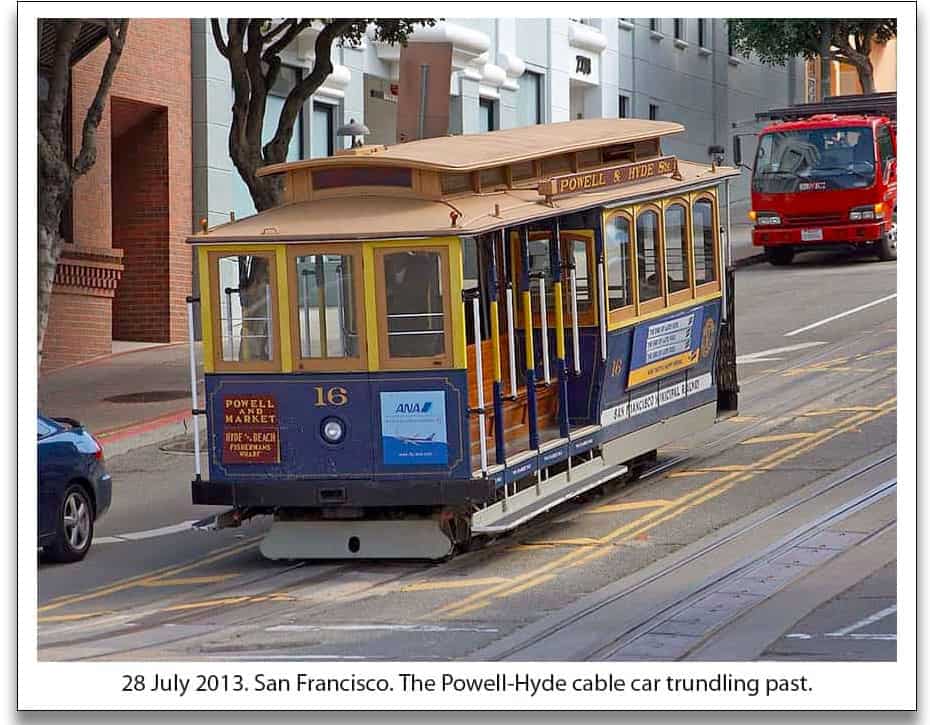
If you have entered metadata for your photos, you can auto-populate captions upon export!
Light + Dark Modes
Like many apps nowadays, SnipTag supports both light and dark modes, so you can coordinate with the rest of your software suite for a little personalization. Dark mode requires Mac OS 10.14.4 or later, so upgrade if you haven’t yet to access cool feature.
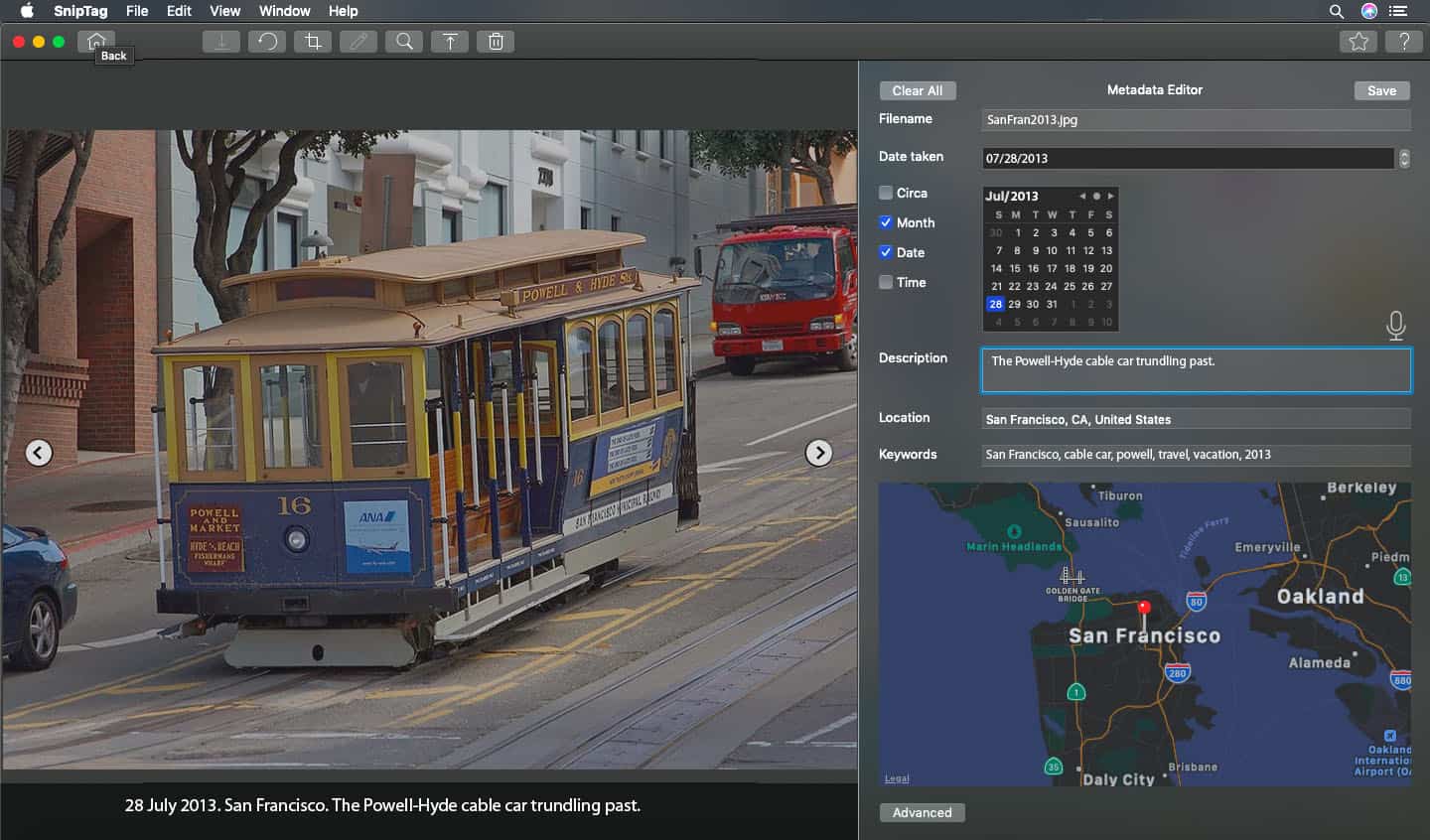
Dark mode is available in the MacOS 10.14.4 or later.
SnipTag is Surprisingly Affordable
You can download a free 3-day trial of SnipTag on the App Store, or opt for a subscription directly. A quarterly subscription is $6.99 and a yearly subscription is $16.99, and it comes with continued access to the app, support, and all new features and updates. Contrast that to the hundreds of dollars other programs cost. And you don’t have to worry about losing any photos either – Should you ever want to stop your subscription, you’ll still be able to edit and export the photos that are already in the app, but you just won’t be able to import more photos, or access updates.
Enter Our Giveaway – ENDED!
To celebrate the launch of the SnipTag app, all of our loyal readers get a chance to win one of 50 (yes, FIFTY) 3-month subscriptions! Enter below, and make sure you share the giveaway for more entries! Winners will be randomly drawn on August 7th, and notified by August 10th! Good luck!

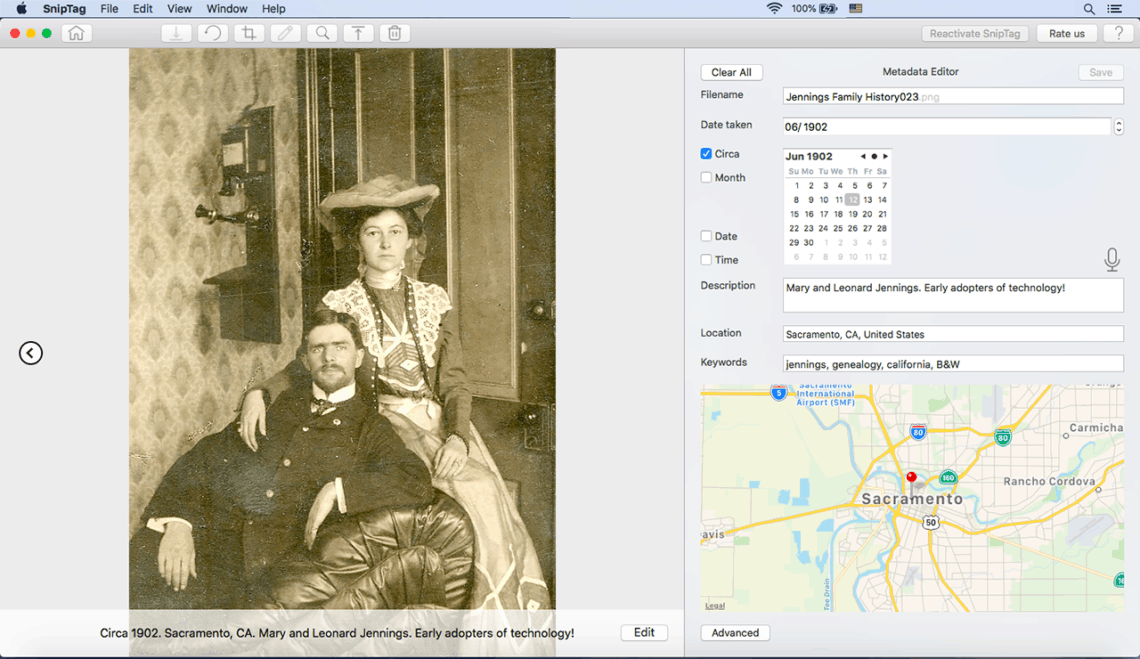



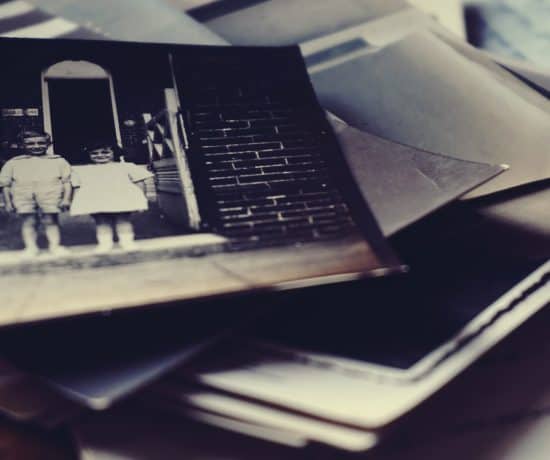
Charlene Orsine
August 1, 2019 at 10:23 amBummer that its Mac only, but it sure looks nice! #PCJealousy
Caroline Guntur
August 1, 2019 at 12:24 pmI know, but the feedback is duly noted and being considered, so it may be on the horizon. 🙂
Caroline Guntur
August 3, 2019 at 1:58 pmHeard back from the developer, and if all goes as planned (well) with the Mac version, a Windows version will also be released. One thing at a time, that’s all.
Phyllis
August 10, 2019 at 3:32 pmIs there enough space to type in a “legend” of names if it is a large group of people? Also can i add metadata to photos i have already scanned? I just won a 3 month free sub!! Thanks!
Caroline Guntur
August 11, 2019 at 12:41 pmHi Phyllis! Yes to both. You can add the names in as either keywords or in the Caption field, and you can use it with an digital photo, scanned or not. Enjoy your prize!
Teresa (fhtess65)
August 2, 2019 at 10:25 amso tired of “Mac only”….
Phyllis
August 10, 2019 at 3:35 pmThats funny. I was a pc user for decades and finally heeded my friends’ advice and bought a mac. My mac has lasted longer than any of my Windows machines did. So happy to find something made just for a mac!